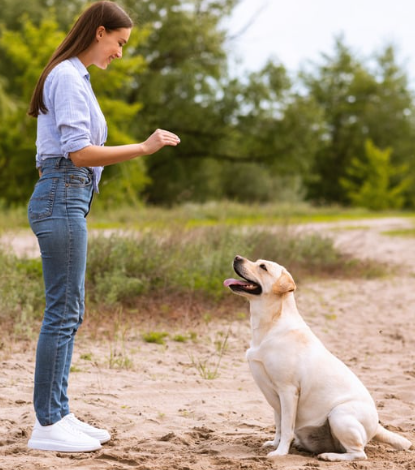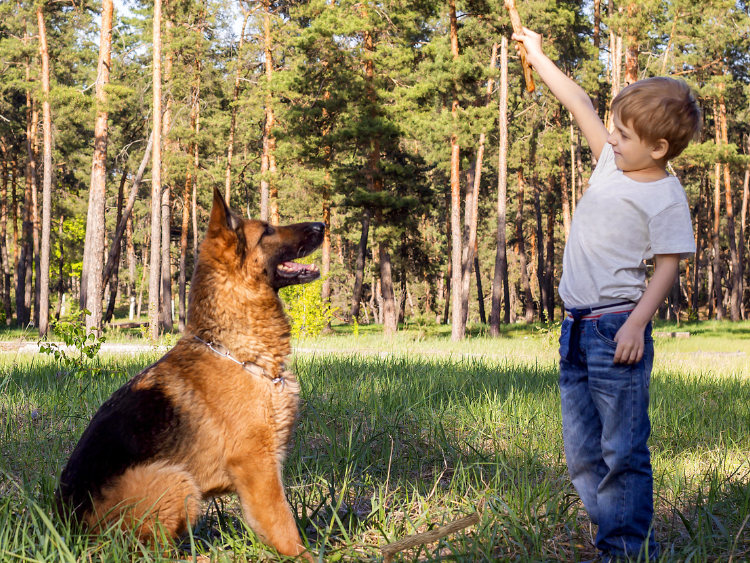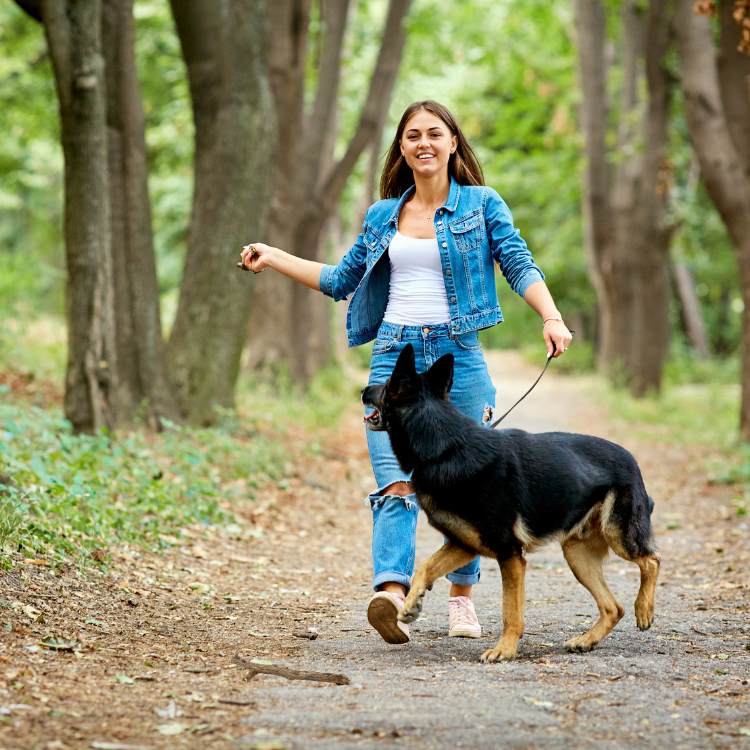Tips for Housebreaking Your Dog
Housebreaking a dog is probably the simplest problem to solve yet one of the most commonly misunderstood struggles many owners face. Understanding only the “do’s” is the first step. Having the dog on a consistent schedule follows. Then, before you know it, your dog will master going to the bathroom outside. So let’s get started.
Limiting Space
Puppies and dogs that are not housebroken must earn their freedom over time. Roaming the house freely too soon teaches the dog all of the wrong behaviors. Begin with a crate large enough for the dog to stand up comfortably and turn around. Move the crate around to various areas of your home which will build the dog’s sense of independence. Adequate time alone is healthy for dogs of all ages.
Next, utilize inexpensive baby gates to block off rooms that are off limits. Later you will be able to remove these barriers. Allow the dog to spend time with you in common areas of your home only after he has completely eliminated outside. Otherwise, the dog should either be outdoors playing, training, socializing, or resting and digesting the day in a crate.
Creating and Sticking to a Feeding and Watering Schedule
The frequency of feeding and watering will depend on the breed. In most cases, puppies will eat three times per day with the frequency of feeding decreasing as they get older.
Feeding your dog on a regime will prevent accidents from happening. So, free feeding is not recommended. Follow the schedule below for feeding and watering. Modify things if necessary; if the puppy appears thirsty, offer some water. But remember, anytime you offer food or water, you must take the dog outside immediately after!
Breakfast: Food and Water
Mid-Morning: Water
Lunch: Food and Water
Mid-Afternoon: Water
Dinner: Food and Water
Adult Dogs
Feed either once or twice per day and offer water throughout the day.
Putting Everything Into Practice
Start the morning by leading the dog from the crate directly outdoors to the area of your yard where you want waste to go. It’s best to prime this spot with fresh poop which will entice the dog to smell it and go somewhere close. Wait as long as it takes for the dog to relieve himself. Repeat this process as long as it takes for the dog to pee and poop in the selected zone outdoors. Once the dog eliminates, praise in a calm baby voice and reward by petting or giving a treat or toy.
Next, go back inside and offer the puppy food and water for breakfast. After he eats and drinks, take the dog immediately outside again. This should be the routine you follow every morning so the dog understands he’s expected to pee and poop outdoors in the zone you choose.
Once the puppy has relieved himself in the yard, it’s “safe” to allow him some indoor freedom. Don’t wait too long before taking the puppy back outside. Over time, you will learn to gauge how frequently your puppy needs to use the bathroom. Repeat the steps above every time you feed and water your dog.
Accidents May Happen, Don’t Flip Out!
Keeping to a strict routine will minimize accidents. However, they are bound to happen occasionally and that’s okay! The dog must learn when he’s wrong! Since your puppy will only be loose in limited areas of your home and only when you’re supervising him, you’ll be there to catch the dog when accidents occur. At those times, simply say “No.” The dog will probably freeze. And then go directly outside. Follow with a reward. Dog training takes time and patience!
Do not scream and yell, hit your dog with a roll up newspaper, stuff the dogs nose in poop – none of that garbage. Use structure, consistency, and clear communication. “Good and no!” is all you need.
EVAN DUNBAR
Evan Dunbar is the President of Full Contact K9 and ProK9 Equipment. At an early age he was inspired by his uncle who introduced him to work-oriented dogs. Since that time, Evan has had the opportunity to study from and train with the “who’s who” of the working dog world.
His areas of expertise include advanced obedience, personal protection, service K9, and pet instruction. He is also an active participant in Schutzhund and French Ring dog sports. A modern and dynamic trainer, Evan’s unique style is technical and combines elements of both positive methods with classical approaches.
Full Contact Canine LLC is the culmination of a lifelong respect for animals, his passion for dogs, and Evan’s personal beliefs which emphasize ingenuity, integrity, and continuous learning in the world of professional dog training. He earned his B.B.A from Mercer University.
Evan has assembled a team of some of the most respected trainers in the industry to offer Full Contact K9 clients unparalleled experience, skill and service.




